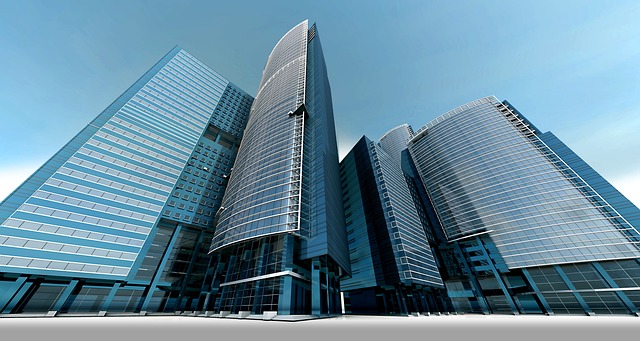The impact of climate change is becoming increasingly evident, forcing us to reevaluate our surroundings and how we interact with them. The world is warming, and with this warming comes a myriad of challenges—rising sea levels, more intense storms, heat waves, and droughts are just a few of the immediate concerns. In this shifting landscape, urban planning emerges as a crucial tool for bolstering resilience and sustainability in our cities.
Urban planning goes beyond mere aesthetics or functionality. It is an essential discipline that shapes the very essence of our communities, influencing how we live, work, and connect with nature. As climate change continues to unfold, urban planners are tasked with the responsibility of creating spaces that can withstand environmental stresses while promoting a healthy, vibrant community atmosphere.
One of the most significant environmental challenges affiliated with climate change is the urban heat island effect, where city areas become significantly warmer than their rural counterparts. Cities often face higher temperatures due to concrete and asphalt absorbing and radiating heat. Effective urban planning can mitigate this effect through the incorporation of green spaces such as parks, rooftop gardens, and tree-lined streets, which not only cool their surroundings but also enhance biodiversity. This synergy fosters a connection to nature, so vital for mental well-being in our increasingly digitalized lives.
Furthermore, the importance of public transportation cannot be overstated in combating climate change. Urban planning can facilitate seamless public transit systems that reduce reliance on personal vehicles. By promoting walkable communities, we minimize carbon emissions and foster healthier lifestyles. A well-designed transport infrastructure encourages communal interactions and nurtures local economies, creating a stronger, more connected community.
As we confront climate change, adaptive reuse of existing structures and innovative designs for new developments are critical. Sustainable building practices that prioritize energy efficiency, water management, and renewable resources contribute to a lower carbon footprint. Urban planning is pivotal in transitioning to eco-friendly practices, encouraging the use of green technologies such as solar panels, rainwater harvesting systems, and energy-efficient materials that can withstand adverse weather conditions.
The plans laid out today will dictate the resilience of our cities tomorrow. Engaging communities in the planning process fosters inclusivity and ensures that diverse voices are heard, leading to solutions that cater to a wider population. Community gardens, local markets, and safe public spaces not only enhance urban aesthetics but also empower communities to grow and thrive amid changing environmental conditions.
As we move forward in a warming world, the significance of urban planning cannot be understated. It serves as a beacon of hope, guiding us towards more sustainable practices and healthier communities. By prioritizing thoughtful urban design that adapts to the challenges of climate change, we foster a resilient society ready to face the future with confidence and determination.




